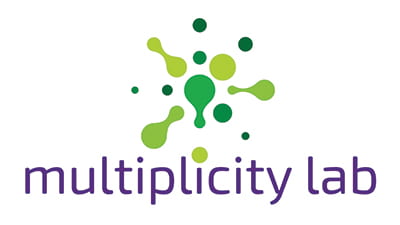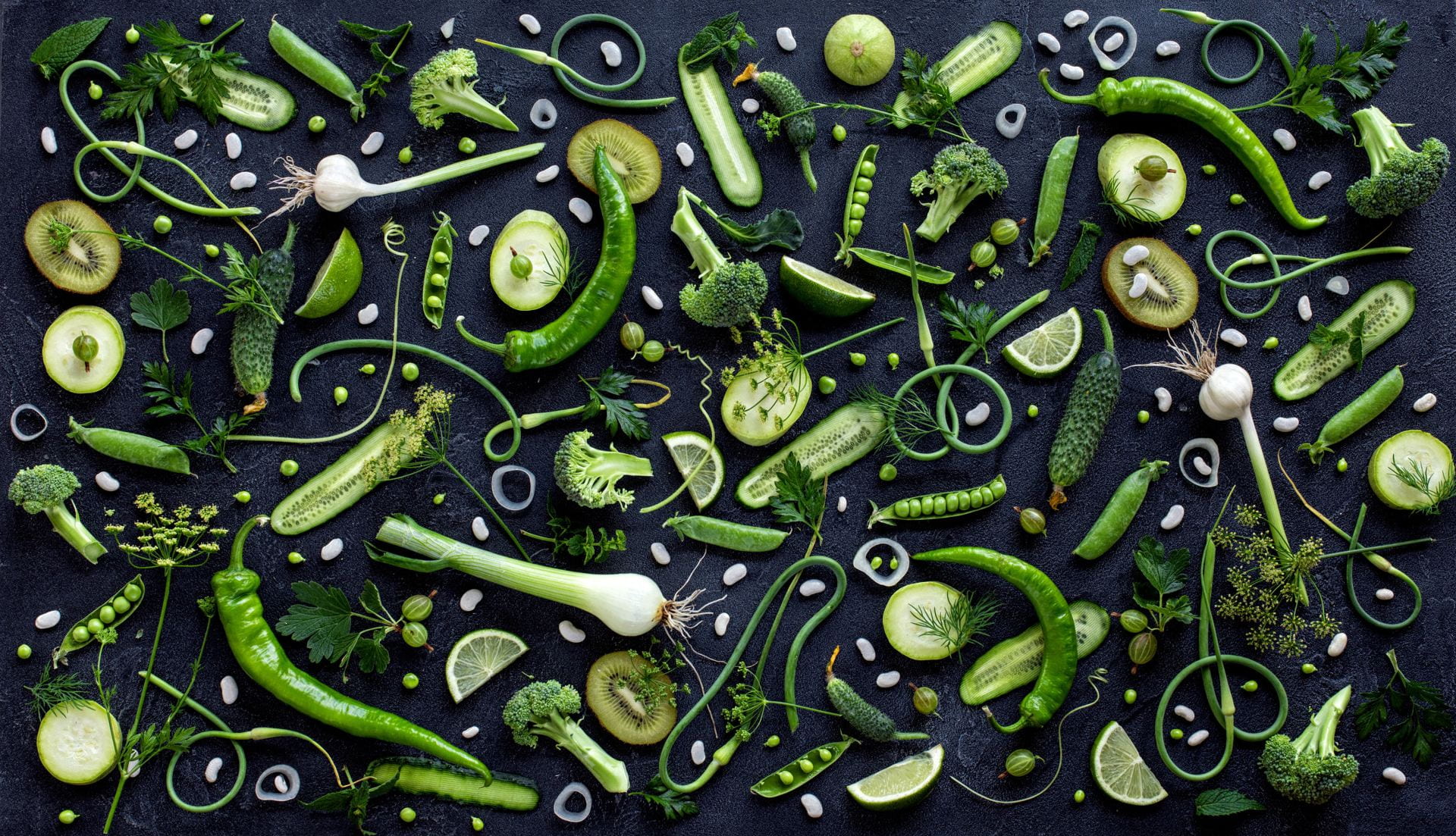Image of the Week: Which is More?
February 14, 2021Read the Archive
Which is More?
When we ask students to compare quantities by asking, Which is more?, there are two related areas of mathematical work that students might engage in: counting and estimating. Counting is needed when the quantities are close and a precise answer is needed. When students are younger and their concept of quantity is still developing, counting is often the best way to compare, allowing students to use the counting sequence to determine which group is larger. When students can touch and move the materials, they might also line them up for direct comparison, side-by-side. Counting to compare is important because looks can be deceiving and learning what features to pay attention to is an active process. For instance, in the button image, young students are asked to compare a group of buttons in an organized, compact arrangement and a group that is disorganized and more spread out. The differences in the arrangements makes the groups look like different sizes, though, as it turns out, they both contain 9 buttons. Counting pushes students to focus on the objects themselves and see how the arrangements of those objects can distract from or obscure the quantity. This activity also opens up ideas about what it means to be equal; these two groups do not look the same, yet they contain an equal number of buttons and are, therefore, equal. Counting forms the basis for these kind of precise comparisons and developing ideas about what it being compared.
In other circumstances, estimating may be the appropriate mathematical tool. Often, we do not need a precise comparison when asking, Which is more? We may not need to know how much more, or it may not be practical to count a large, disorganized set. Estimating involves a sophisticated set on concepts and practices, in which students must decide what is being compared, decide what visual cues to focus on or disregard, and use the structure of the quantities to decide which is larger. For instance, in the green fruits and vegetables image, we ask students, Are there more fruits or vegetables? Students will need to decide which of the food pictures counts as a fruit or vegetable, disregard their varying sizes, notice that some foods are more frequent than others, and use the structure of the image with food evenly distributed as a tool for estimating and comparing. You can see that estimation is by no means a less complex mathematical endeavor that counting or calculating. Indeed, estimating requires a great deal of reasoning and tasks that invite students to estimate are prime venues for developing arguments and justification.
Regardless of grade level, invite your students to compare quantities to develop deep thinking about a range of big mathematical ideas.
To multiplicity! Cheers!
Jen Munson and the multiplicity lab group
Get the Image of the Week
Each week we bring you a new image and activity you can do with your students tomorrow, and we spotlight a feature of the mathematical work that we think is important for students’ learning and your teaching.
Stay connected and see what's new.


